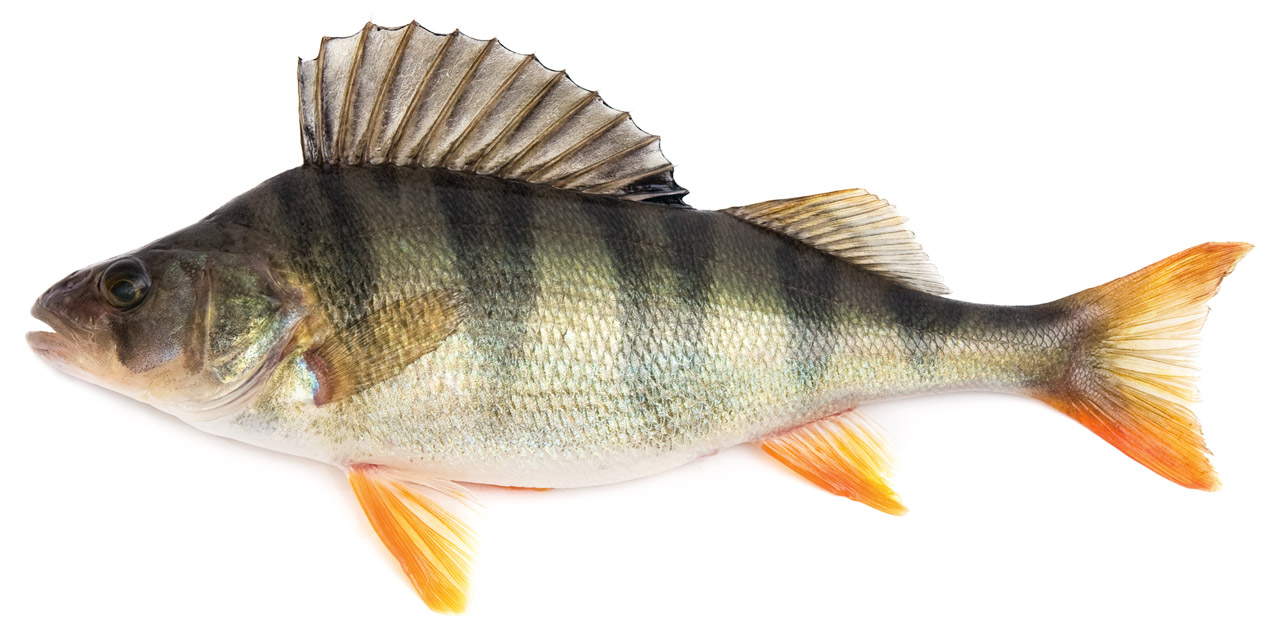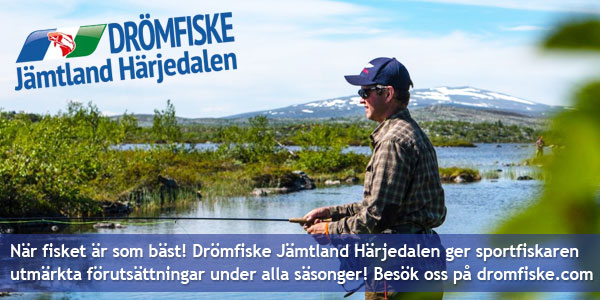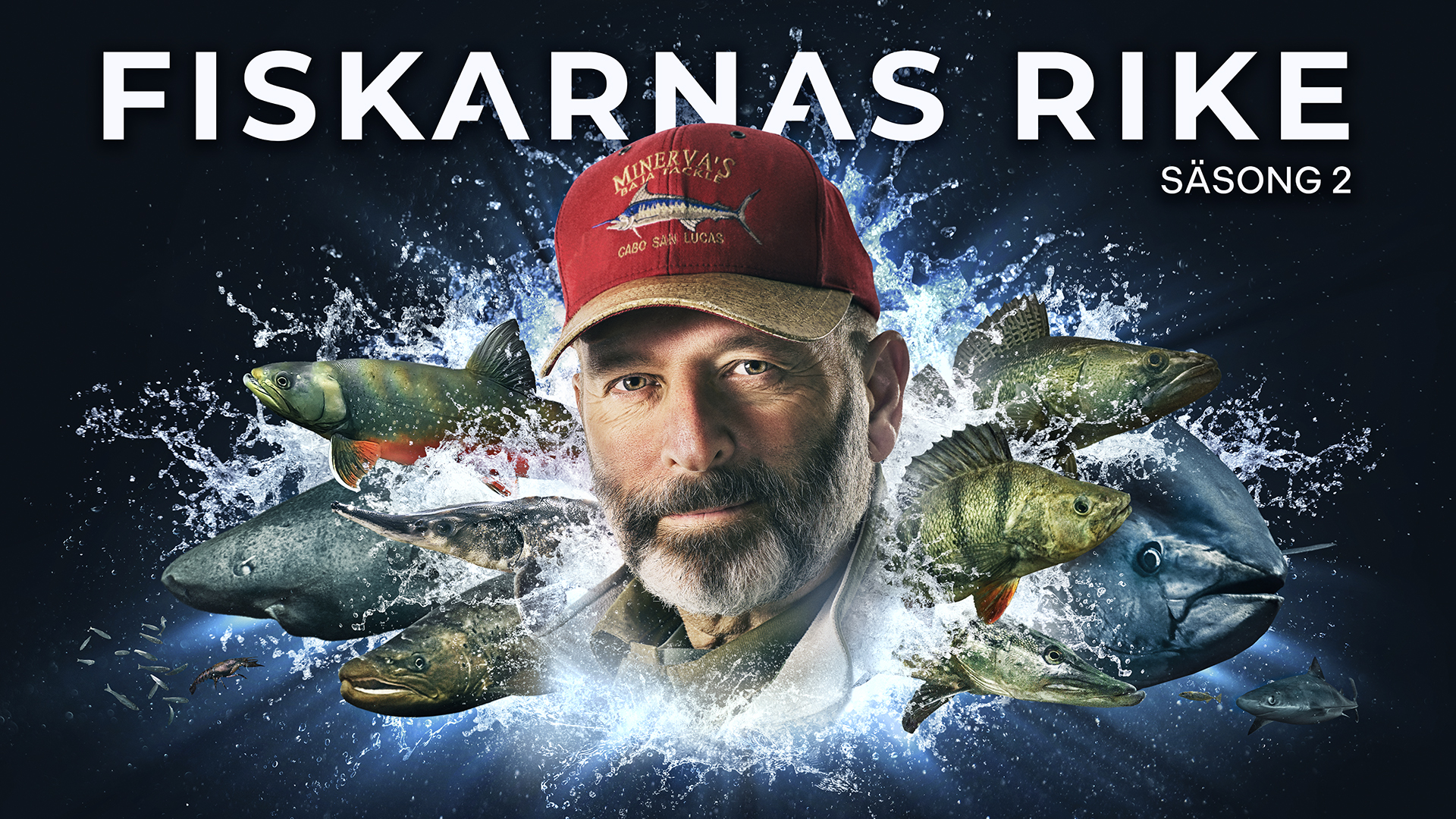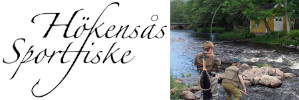Perch ( "Abborre") Overview
"Abborre") Overview

Perch - Perca Fluviatilis
The perch is a lively and efficient predatory fish that takes prey in all sizes. Smaller perch feed on everything from mosquito larvae to fish fry. When it gets bigger, switch to a fish diet if possible. If there is a shortage of food, or fish fry, the perch can become small and lean, what we call millennials. They are hardy fish, and one of the fish species in our waters that tolerates acidification best.
The perch plays in the spring when the water temperature is around 7-8 degrees. The play takes place in shallow water, near the beach.
The perch are appreciated food fish. They are good both as small and as large. Feel free to fillet it.
Their closest relatives are the pikeperch and the grass with which the perch share their sharp gill caps and pointed dorsal fins. There are a total of three different perch species in the world.
The perch is Medelpad's landscape fish. The Swedish name comes from the fact that the fish is prickly and stinging, and the scientific name of river.
Population
Perch is probably the species of fish we find in most lakes and waters in Sweden. It is found all over the country, from the mountainous regions, in nutrient-rich plains and nutrient-poor brown forest lakes. It also enjoys good running water, and along the coast down to Skåne. It is further east in Asia.
In Sweden, there is no threat to the perch, and rarely any fishing restrictions. However, in recent years there has been a reduction in the amount of perch along the Baltic Sea coast, where some theories say it is due to the large amount of spike.
Size and growth
When the perch is small, it grows fast, and it is already in the second year over 10 cm long at best. After that it goes slower. If you get a perch over 30 cm, it is often more than ten years old. At most, the perch is just over 20 years old, and can reach a length of about 60 cm.
The females are the ones that grow large, to be able to lay many grains of rum. The males do not grow as large, as they are still successful and can reproduce. The males can therefore play rather small and young, while the females need a little more size. The rum is laid in long white ribbons.
Record size
Angling record in Sweden is 3.15kg.
Fishing tips
The perch is a typical predator that often hunts in shoals. If you see shoals of frightened frogs hoping for the surface, there may be some larger perch that chase fries! If you have got one, chances are you will get more, take care and be quick before the hike goes on to new hunting grounds.
Fishing during the Summer
The best fishing for perch is during the high summer and early fall. The fish loves warm water and often go to areas where it can stand and sunbathe, eg. on relatively shallow water near vegetation and reeds, fallen trees and vases, where there is also plenty of food.
Drawing tips: Jiggers can be very effective on perch, but the most effective color combination varies from lake to sea - test yourself! During the summer, you fish the perch with worms on meteor or with smaller spinners, small spoons or smaller vobblers. You can also take perch with fly. An exciting way to catch larger perch is through surface wobblers, called Poppers. These are jerked forward on the surface and splashes up small bursts of water to mimic a damaged fish. The often violent chopping comes quickly and unexpectedly from below, so keep an eye on the move at all times.
Fishing during the Winter months
The perch is undoubtedly also one of Sweden's most popular fish to pimp in the winter. In winter, the perch is less active and often pulls down to the deep holes, fishing between 3 to 10 meters deep. In particular, fishing is good during early spring, ie February-March when it becomes more active. One tip is that the perch is often at the deepest depths in the winter, so it can move to deeper or shallower water. This it does because it has a closed swimming bladder and therefore cannot compensate for pressure, but instead affects low and high pressure perch so it has to move towards shallower or deeper water.
Often red and white colors work well during winter. Agna with maggot or a cramped perch eye increases your chances of getting a pacifier. Another thing to keep in mind is to be careful in the pimple movements and not too vigorous, as large movements scare the perch. Instead, gently and gently land the pimple to the bottom, and fish with neat movements. Fishing traits: Pimpla with vertical and balance piers.
Most efficient fishing methods
Information below is based upon thousands of real catch reports from the past two years.Spring
|





